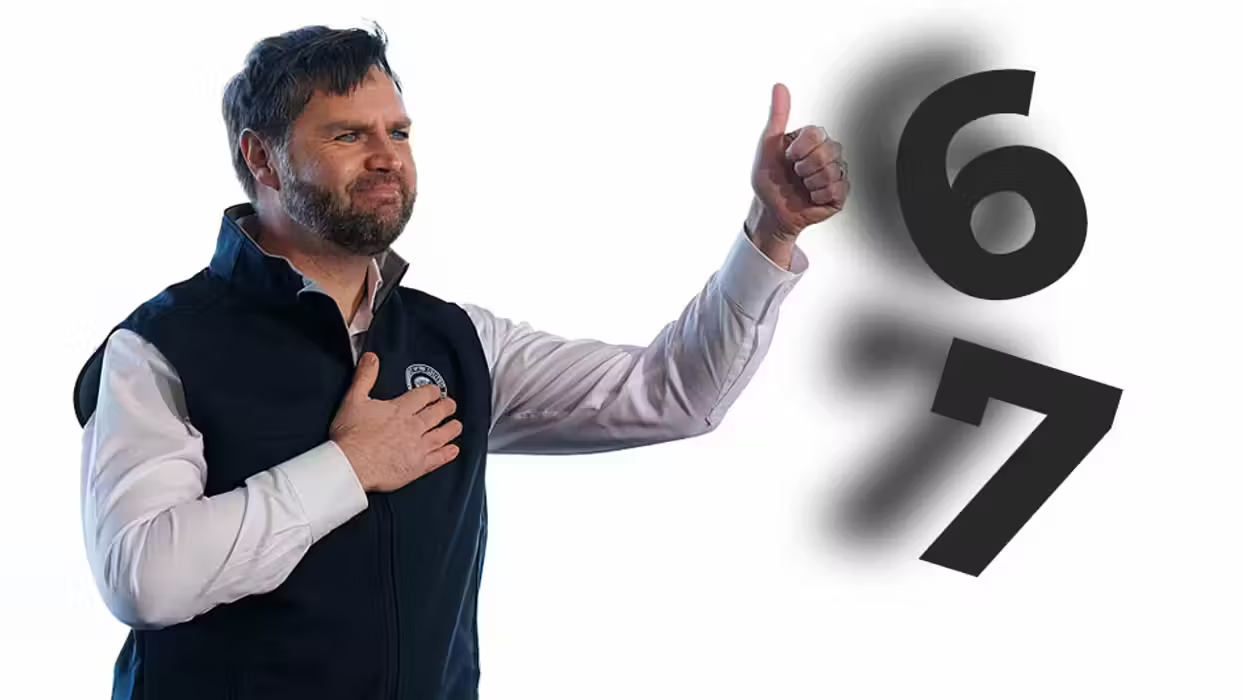
© 2025 Blaze Media LLC. All rights reserved.
"He seemed totally fine."
Lindsay Kujawa might have felt lucky. Though she turned her back for a mere five seconds, enough time for her young son to make his way into a Jacuzzi, he was fetched out before he could drown -- or so she thought.
 Some parents say they've never heard of secondary drowning, a potentially fatal effect of a near-drowning experience. (Photo credit: Shutterstock)
Some parents say they've never heard of secondary drowning, a potentially fatal effect of a near-drowning experience. (Photo credit: Shutterstock)
In a blog post written last month, Kujawa called the experience an "almost nightmare."
"I pulled him out as fast as I possibly could. The whole ordeal was around 20 seconds from when he fell into the water until when I got him out," Kujawa wrote on her blog Delighted Momma. "Other than Ronin being visibly upset and coughing to get the water out he seemed totally fine after he had calmed down."
But the nightmare wasn't over for Ronin.
"At home Ronin just didn't seem like himself. It could have just been chalked up to him being overly tired but I felt in my gut that it was something else," Kujawa wrote.
She said he started coughing. She called her son's pediatrician, who called her back shortly after she described the symptoms, and was told to take him to the emergency room immediately.
Kujawa learned her son's near-drowning experience earlier that day was causing him to suffer a life-threatening secondary drowning event.
"The doctor ordered an immediate chest x-ray along with a whole list of blood tests. At this point in the evening Ronin was acting limp and almost unresponsive. Once the results were in the doctor came in with the update. His facial expression did not look like it was going to give good news. He said Ronin's blood work came back normal (that's good I thought!) but....the chest x-rays were not good. He said his lungs aspirated," Kujawa wrote, explaining that her son could asphyxiate at any moment.
Ronin was transferred to a nearby children's hospital as his oxygen levels continued to drop.
At this hospital, after making it through the night, Kujawa wrote a doctor explained that in similar cases, many parents put their child to bed, thinking nothing is wrong, but then the child never wakes up again. There were two other children that day in the hospital who were admitted for secondary drowning as well.
In 2008, a 10-year-old South Carolina boy died in such an incident, which is also called "dry drowning." According to a study published a few decades ago, of the nearly 100 near-drowning cases reviewed, 5 percent resulted in secondary drowning symptoms. The study seemed to indicate poorer outcomes for those with near-drowning experiences in salt water compared to fresh water.
Though Ronin survived this scary incident, Kujawa, who said she had never heard of secondary drowning before, is on a crusade to inform others:
What you need to know:Secondary drowning can be difficult to recognize since the victim appears to be ok right after a near-drowning event. Your child may breathe in a very small amount of water and seem like they have successfully expelled it through coughing. In secondary drowning the water may fill up some of the oxygen rich pores of the lungs, which reduces the ability to oxygenate blood as it passes through. The heart does not slow down significantly with this process but rather very very slowly so your child will still be able to talk and walk. The only symptoms may be a sudden change in personality or level of awareness (just like Ronin experienced) as the blood oxygen level drops over time.
So if your child has experienced a near drowning experience (it can happen in as little water as a puddle or in the bathtub) watch for a sudden change of personality or energy level. You can save your child's life if you act quickly and get them medical treatment immediately.
After Kujawa's post began to go viral, doctors around the country started warning parents of the signs they need to look for in secondary drowning as well. Dr. David Markenson in Colorado detailed just a few to KUSA-TV:
- Fast and heavy breathing
- Changes to face color
- Extreme fatigue
- Mood changes
Watch this report from KKCO-TV's report about the dangers of secondary drowning:
In a more recent update this week, Kujawa wrote that Ronin is doing well and that both her sons are in swimming lessons three times a week now.
"Ronin is slowly getting more comfortable with the water and my hope is that he will learn to love the water and swimming will soon be second nature to him," Kujawa said.
(H/T: WKMG-TV)
--
Front page image via Shutterstock.
Want to leave a tip?
We answer to you. Help keep our content free of advertisers and big tech censorship by leaving a tip today.
Want to join the conversation?
Already a subscriber?
more stories
Sign up for the Blaze newsletter
By signing up, you agree to our Privacy Policy and Terms of Use, and agree to receive content that may sometimes include advertisements. You may opt out at any time.
Related Content
© 2025 Blaze Media LLC. All rights reserved.
Get the stories that matter most delivered directly to your inbox.
By signing up, you agree to our Privacy Policy and Terms of Use, and agree to receive content that may sometimes include advertisements. You may opt out at any time.






